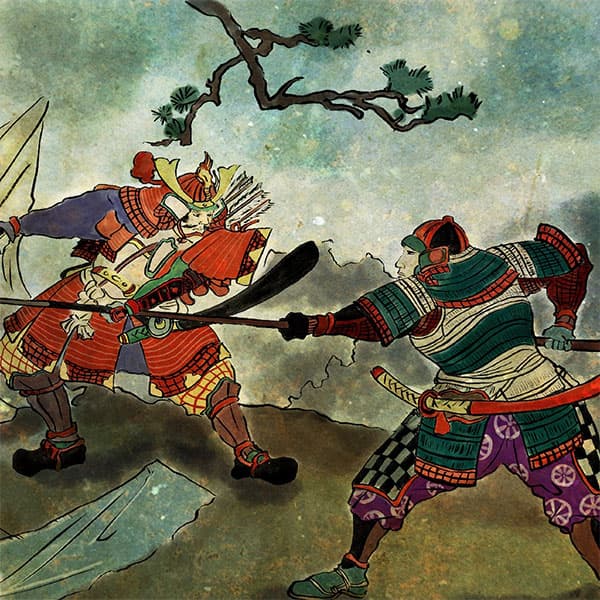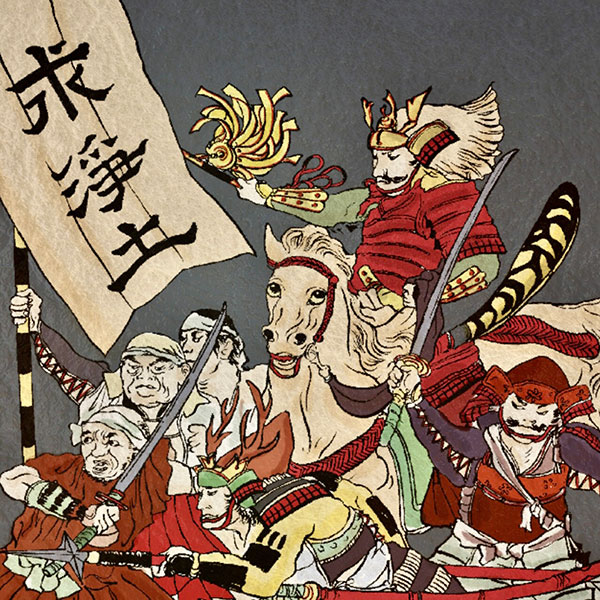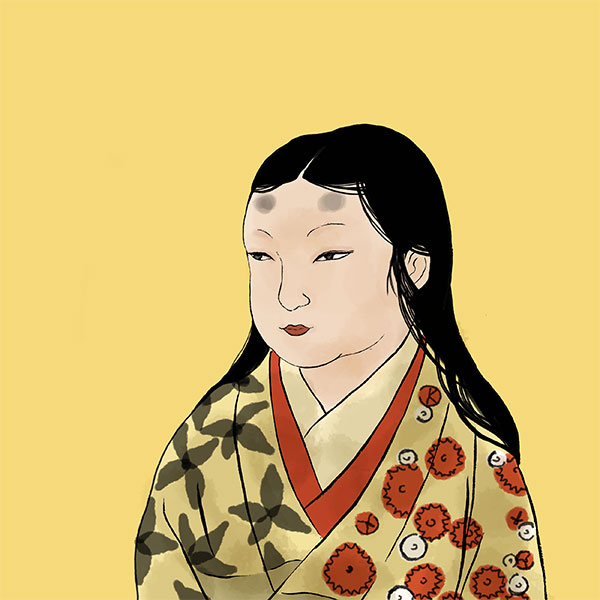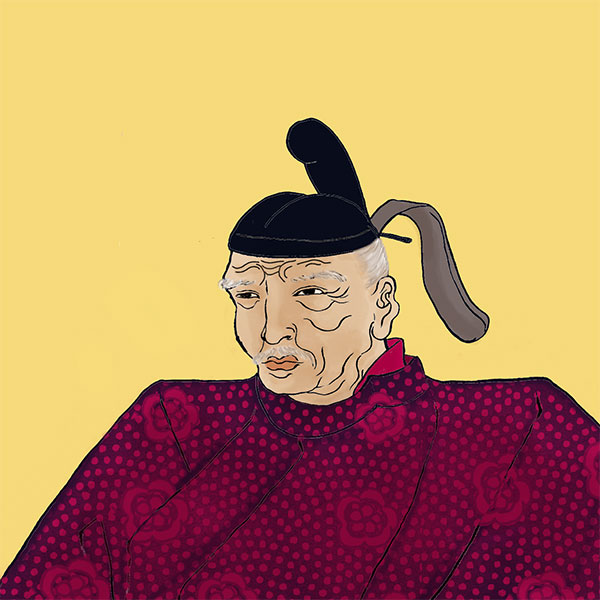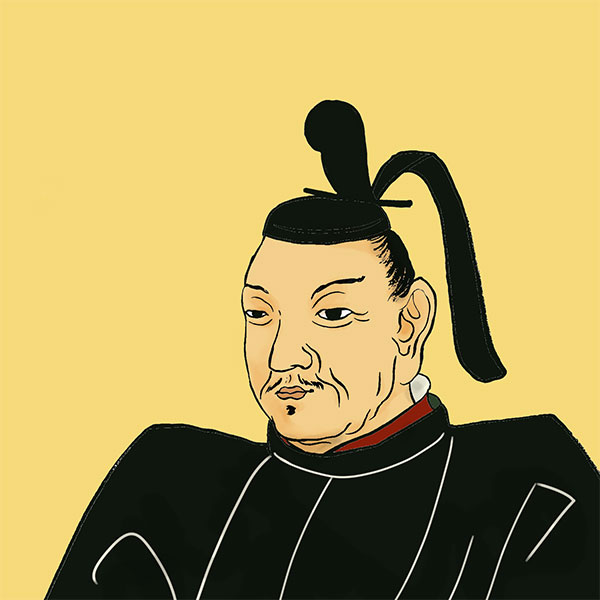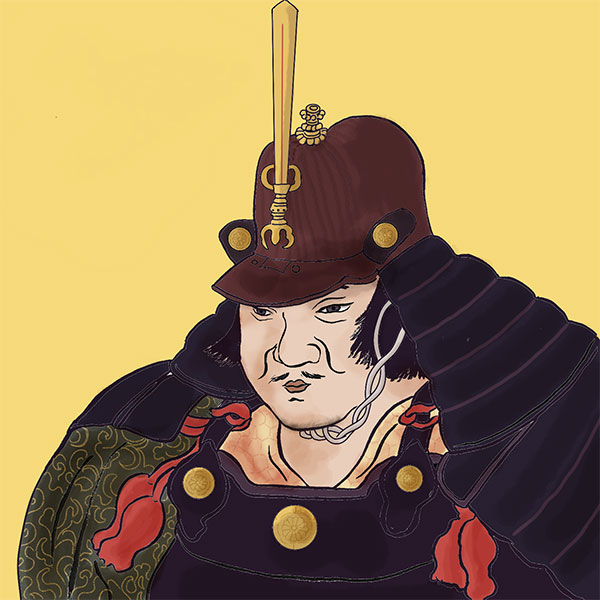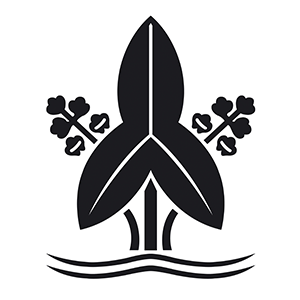- Okazaki domainThe stone height is low, but the rank is high.
- The Okazaki clan was a domain that ruled over an area in the eastern part of Aichi Prefecture called the ``Land of Mikawa''. Okazaki Castle is also the birthplace of Tokugawa Ieyasu, who founded the Edo Shogunate, and has been ruled by feudal lords of low stature but high status. The history of the Okazaki clan

Okazaki CastleOkazaki City, Aichi Prefecture
- spring
- summer
- autumn
- winter
- TOP
- Chubu
- Aichi prefecture
- Okazaki Castle
| Other name | Ryujo |
|---|---|
| castle construction | 1452 |
| address | Inside Okazaki Park, 561 Koseicho, Okazaki City, Aichi Prefecture |
| telephone number | 0568-72-0712 |
| Opening hours | 9:00-17:00 (Entry until 16:30) |
| closing day | Year-end (December 29th to December 31st) |
| Admission fee | Adults 200 yen / Children 100 yen |
Okazaki Castle is famous as the castle where Tokugawa Ieyasu was born. In 1959, the castle tower was reconstructed to a three-layer, five-story structure, and in 2006 it was selected as one of Japan's 100 Famous Castles.
- Access to Okazaki Castle
- Approximately 15 minutes walk from Higashi-Okazaki Station on the Meitetsu Nagoya Main Line.
HISTORYOkazaki Castle, the birthplace of Tokugawa Ieyasu
Okazaki Castle is a flat castle located in Kousei-cho, Okazaki City, Aichi Prefecture. It is also known as the castle where Tokugawa Ieyasu, who founded the Edo Shogunate, was born, and during the Edo period it functioned as the domain office of the Okazaki clan. Since Tokugawa Ieyasu will be the main character in the 2023 Taiga, Okazaki Castle is once again attracting attention. Let's unravel the history of Okazaki Castle.
- History before the construction of Okazaki Castle
- The land on which Okazaki Castle was built began to develop and develop when a man named Saigo Toshiyori established his castle in the Eikyo era, around the beginning of the 15th century. At the time of its construction, this castle was called "Hiraiwa Castle." From 1452 to 1455, Saigo Toshiyori built a new fort at a place called Mt. Ryuzu on the north bank of the Sugo River. At that time, the area where the Tokaido road ran south of Sugagawa River and where Saigo Toshiyori built Hiraiwa Castle was called ``Okazaki.'' For this reason, Hiraiwa Castle is also called "Old Okazaki Castle." Nobusada Saigo (Masayasu Matsudaira), the third generation from Tomoyori Saigo, made Hiraiwa Castle his residence and ruled the entire southern area of Okazaki City.
- History from the relocation of Okazaki Castle to the Meiji era
- In 1524, Tokugawa Ieyasu's grandfather, Matsudaira Kiyoyasu, ordered his vassals Okubo Tadashige and others to surprise attack Yamanaka Castle, which was owned by Saigo Nobusada, and capture it. Furthermore, he requested Nobusada to surrender Okazaki Castle and had him accept this. Kiyoyasu Matsudaira will move from Anjo, where he had been based, to Okazaki. From 1530 to the following year, Kiyoyasu Matsudaira moved his headquarters to the fort on Mt. Ryūzu, and some of the buildings of the former Okazaki Castle were also relocated there. This is the current Okazaki Castle. In addition to the castle, efforts were also made to improve the area around the castle, such as moving Dairin-ji, the family temple of the Okazaki Matsudaira family, to the north of the castle, and relocating Kozan-ji from Anjo to the northeast of the castle.
In 1542, Tokugawa Ieyasu was born in this castle. Tokugawa Ieyasu was taken hostage by the Oda family at the age of 6 and by the Imagawa family at the age of 8, so the period he spent in this castle was short, but during the Battle of Okehazama in 1560, Yoshimoto Imagawa After being killed in battle, he was released as a hostage, and from then on, he set out to unify the country using Okazaki Castle as his base.
In 1570, Tokugawa Ieyasu moved his base to Totomi Hamamatsu (present-day Hamamatsu City, Shizuoka Prefecture) and appointed his eldest son, Nobuyasu Matsudaira, as the lord of the castle. After Nobuyasu committed suicide, Okazaki Castle was occupied by senior Tokugawa vassals such as Kazumasa Ishikawa and Shigetsugu Honda. In 1590, Tokugawa Ieyasu moved his base to Edo on the orders of Toyotomi Hideyoshi, and the lord of Okazaki Castle became Yoshimasa Tanaka, a vassal of the Toyotomi family.
When Tokugawa Ieyasu was appointed Seii Taishogun and established the Edo shogunate, it became customary for Okazaki Castle to be lorded by feudal lords such as the Honda, Mizuno, and Matsudaira clans. When Tokugawa Ieyasu used it as his base, Okazaki Castle was a slightly larger mountain castle, but in 1601, it was expanded to a larger size by Honda Yasushige and Tadatoshi, who became the lords of Okazaki Castle. It has been renovated and is now close to its restored condition. At this time, a complex connected watchtower-type three-layered, three-story castle tower and a moving Buddha hall kuruwa were constructed. Okazaki Castle was the third largest castle in the Tokai region at the time, and functioned as the domain office of the Okazaki clan until the end of the Edo period. - Okazaki Castle after the Meiji era
- When the Meiji era began and the abolition of feudal domains and establishment of prefectures was implemented, Okazaki Castle was abandoned and all buildings were demolished. The only remains that remain are the Buddhist temple kuruwa, the retirement kuruwa, the furo-dani kuruwa, the stone walls, and the moat. The site was developed into Ryūjo Shrine and Okazaki Park, and is open to the public.
In 1959, the castle tower was rebuilt, and in 2010, the east corner turret was rebuilt with a watchtower-style double turret. This turret was built using stones excavated from the castle grounds, faithfully reproducing the construction methods of the Edo period. The restored castle tower was designated as one of Japan's 100 famous castles in 2006.
Currently, the interior of Okazaki Castle is a historical museum, and if you visit it along with the ``Mikawa Samurai Yakata Ieyasu Museum'' in Okazaki Park, you can learn about Tokugawa Ieyasu's path to unification of Japan. Since the 2023 Taiga drama will feature Tokugawa Ieyasu as the main character, it is currently undergoing renewal and is scheduled to reopen at the end of January 2023. - summary
- Okazaki Castle is a castle that was regarded as important as the domain office of Okazaki and the sacred place where Tokugawa Ieyasu was born. Even now, during redevelopment in Okazaki City, the remains of stone walls and moats are sometimes found, giving an idea of the scale of the area back then. From January 21st, Okazaki Castle and Mikawa Samurai Yakata Ieyasu Museum will reopen after renovations, so why not come and visit them?
Read about incidents related to Okazaki Castle
Read about people related to Okazaki Castle
History of the Okazaki clan, whose domain office is Okazaki Castle
| Domain office | Okazaki Castle |
|---|---|
| old area | Mikawa country |
| stone height | 50,000 koku |
| Fudai/Tozama | Fudai |
| main lord | Honda family, Mizuno family, Matsudaira (Matsui) family |
| Estimated population | 53,000 people (first year of the Meiji era) |
Okazaki, the birthplace of Tokugawa Ieyasu, included Yasushige Honda, Tadayoshi Mizuno, Yasufuku Matsudaira, and Tadayasu Honda. All of them were famous Fudai.











